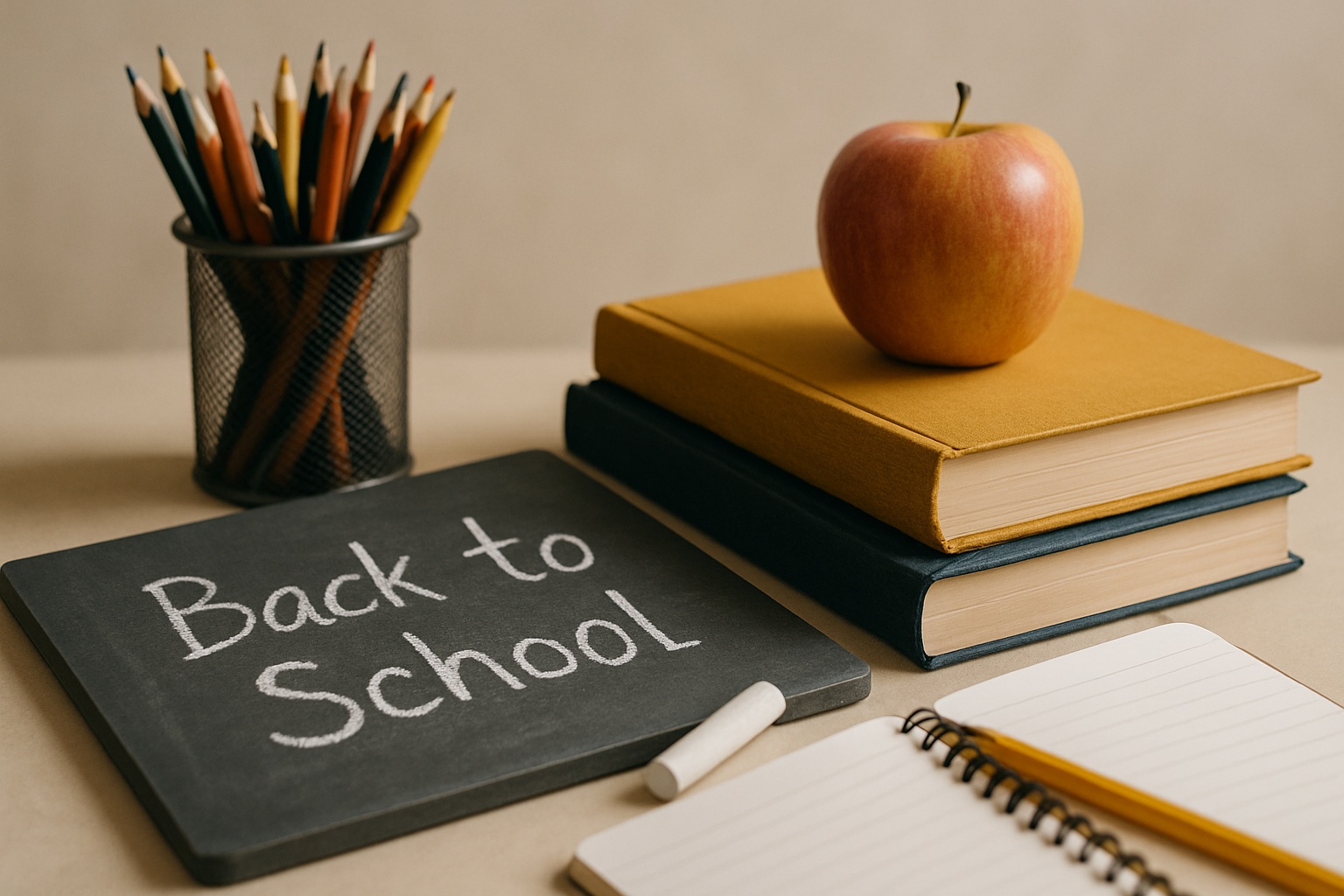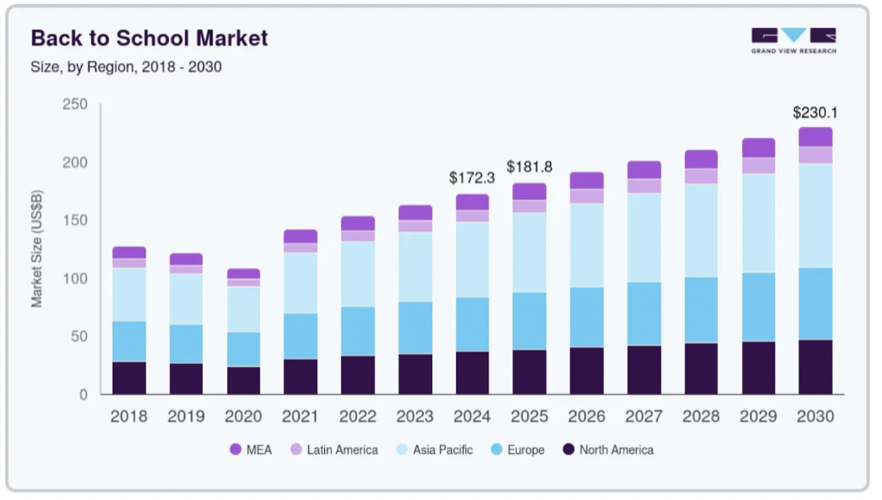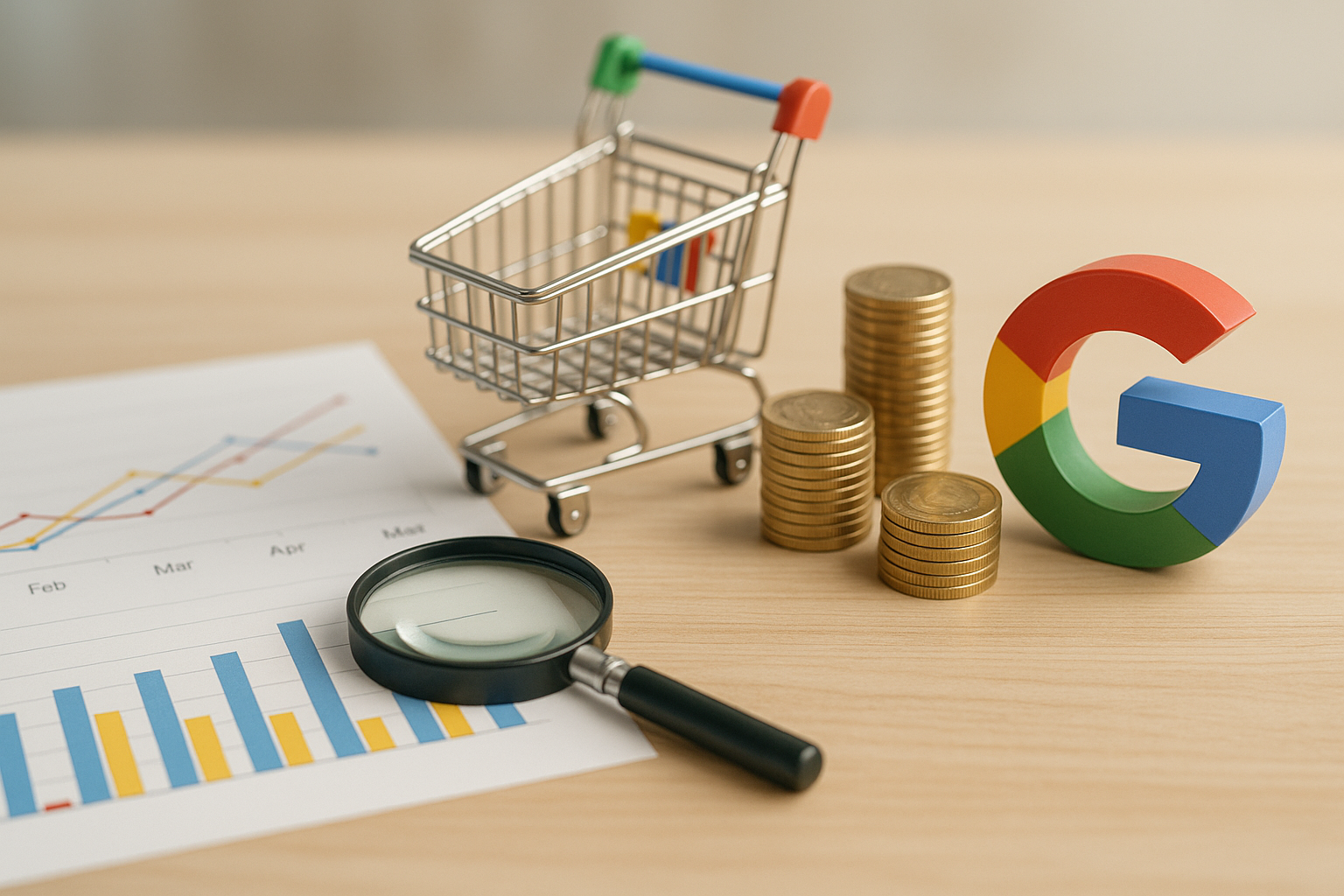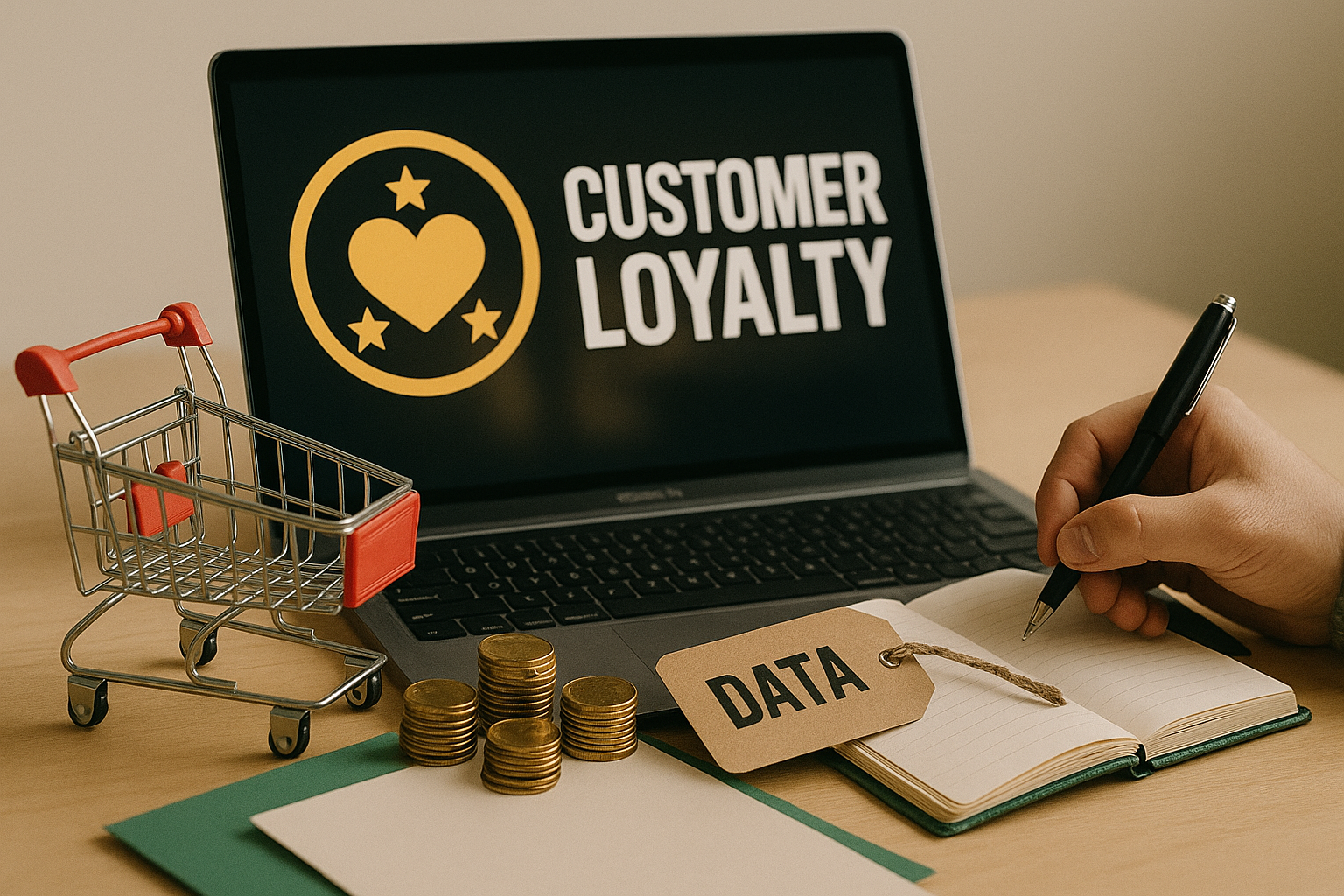
Merve Aslan
Aug 14, 2025How to Turn Back-to-School Season into Profit for E-Commerce?

How to Turn the Back-to-School Season into Profit for E-Commerce?
Back to Schoolis one of the busiest and most profitable periods of the year for e-commerce businesses. Standing out during this high-demand season with the right strategies is the key to boosting sales and gaining new customer segments. From effective campaign planning to the right product selection and targeted marketing activities, every step you take will help you maximize the commercial opportunity that September offers. In this article, you’ll discover how to turn the rise in household spending during September into revenue and explore campaign strategies that work.
1. Capture the Back-to-School Demand Surge
During this period, families focus on school shopping, creating significant traffic and conversion potential for e-commerce sites. For example, the global Back to School market was valued at approximately USD 172.35 billion in 2024 and is expected to reach USD 230.15 billion by 2030, with an annual growth rate of 4.8%. In Turkey, increased spending during the school season means significant demand growth, especially in stationery, clothing, and electronics.
To turn this potential into profit, e-commerce sites should create September-specific “Back to School” keyword-optimized product pages, promotional collections, and homepage highlights. From an SEO perspective, using high-search-volume terms like “back to school e-commerce campaign” in titles, meta descriptions, and product collections can directly improve sales performance.

2. Use SEO to Stand Out in the Right Product Searches
Parents and students actively search for specific products such as “backpack,” “notebook,” or “tablet” when the school season begins. This is where e-commerce SEO comes into play: product descriptions should be optimized with clear, user-focused keywords. For example, “large squared notebook” or “A4 notebook” should be tailored to match user search intent.
Product naming is critical. Instead of purely technical descriptions like “21×30 cm notebook,” using more commonly searched terms like “large notebook” makes products easier for parents to find, boosting visibility and increasing conversion rates.
3. Increase Sales with Effective Campaign Structures
Back-to-School campaigns shouldn’t be limited to stationery; promotions for clothing, electronics, and other student lifestyle needs can have a significant impact. According to Ticimax, Back to School campaigns are typically scheduled from the second week of August through September, making the timing of digital marketing crucial.
Recommended campaign types include: discounted bundle sets (e.g., notebook + pen + backpack + electronics), “second item discount,” bundle offers, free gifts, or social responsibility themes (e.g., donating a portion of sales to education). These campaigns can increase the average order value per visitor and strengthen brand loyalty.
4. Expand Reach with Social Media and Influencer Collaborations
During the Back to School season, social media channels are at the center of both organic and paid reach opportunities for e-commerce brands. Platforms such as Instagram, TikTok, and YouTube are filled with school shopping hauls, stationery recommendations, student outfits, and “back to school haul” videos. Brands can leverage these trends by adapting their product promotions into fun and shareable content formats. Using trending sounds and viral hashtags in September campaigns helps content surface in algorithms.
Influencer collaborations give direct access to the target audience. Micro-influencers naturally introduce products aimed at parents or students, building trust. These partnerships create social proof, accelerating purchase decisions. For example, a stationery set review by an influencer can achieve up to 30% higher conversion rates compared to product descriptions alone.
5. Use Email Marketing to Offer Exclusive Deals to Loyal Customers
Email marketing is one of the most effective ways to drive repeat purchases from existing customers. During the Back to School period, sending personalized campaign emails to segmented target lists can significantly increase click-through and conversion rates. September-themed designs create a sense of seasonal connection.
For example, sending an email titled “15% Off This Year’s Backpack Collection” to a customer who previously purchased a child’s backpack can boost purchase likelihood. Well-segmented campaigns can achieve open rates above 25%. Adding urgency elements such as “last day” or “limited stock” can further enhance campaign performance.
6. Website Optimization and Speed Factor
Heavy traffic during the Back to School period can quickly turn into a lost opportunity if your site loads slowly. Research shows that when page load time increases from 1 to 3 seconds, bounce rates rise by 32%. E-commerce sites should test speed, mobile compatibility, and secure payment systems before the season begins.
Enhancing user experience with clear category menus, seasonal banners, and “bestsellers” sections can make shopping easier. Having a “Back to School” category visible in the main menu allows customers to find products quickly. Adding popular search suggestions like “notebook, backpack, pen” to the site search bar can also boost conversions.
7. Analyze Sales and Campaign Data to Improve Strategy
After the Back to School season ends, analyzing sales and marketing performance is essential to building a strong strategy for the next year. You should evaluate which products sold the most, which campaigns generated the highest conversions, and which channels drove the most traffic. Tools like Google Analytics, e-commerce tracking modules, and CRM reports are essential for this.
Product-level profitability should also be assessed. For example, a stationery set may have high sales volume but low profit margins. In such cases, bundle pricing strategies or cross-selling can help improve profitability. Insights from the analysis will clarify which areas to focus on in the next Back to School season.
8. Position Pricing Strategies Correctly
Pricing during the Back to School period is one of the most critical factors in standing out in a competitive market. Brands aiming for volume with low prices and those seeking to create a premium perception should adopt different strategies. For example, instead of offering a 10–15% discount, a “buy one, get the second at 50% off” campaign can increase the average basket size.
Psychological pricing thresholds should also be considered. Prices ending in .90 or .99 (e.g., $19.99) are perceived as more affordable. Early shopping campaigns in September that highlight price advantages can attract customers ahead of competitors.
9. Back-to-School Category and Product Recommendations Table
Strategically categorizing your e-commerce product range during the Back to School season improves both user experience and sales potential. Customers often search by category; for example, a parent looking for a “stationery set” might also buy a complementary product like a backpack or desk lamp. Category-based planning is key for cross-selling and increasing the average order value.
| Category | Recommended Products | SEO Keyword Suggestions |
|---|---|---|
| Stationery | Notebook, pen set, file folder | back to school stationery, back to school set |
| Electronics | Tablet, headphones, printer | student tablet, back to school electronics |
| Apparel & Accessories | School backpack, sneakers, jacket | school backpack September campaign, student clothing |
| Study Environment | Desk, desk lamp, shelving systems | September desk, back to school home office |
This table not only lists products but also suggests search terms for each category. This helps customers find what they are looking for quickly, while increasing organic traffic from search engines. Optimizing stationery, electronics, apparel, and study environment categories will boost sales and brand visibility throughout September.
FAQ
Q1: What are the top-selling products in e-commerce during the Back to School period?
Stationery products (notebooks, pens, backpacks), electronics (tablets, headphones, printers), and clothing (school uniforms, sneakers) are the most in-demand categories. However, category selection should be tailored to your target audience demographics.
Q2: When should Back to School campaigns start?
They typically start in the second week of August and run until mid-September. Early campaigns can capture planned shopping from parents returning from summer holidays.
More resources

5 Ways to Accurately Measure Sales Impact with Google MMM
Google MMM (Marketing Mix Modeling) is one of the most powerful statistical methods for understandin...

ChatGPT Shopping Research: An AI-Powered Shopping Assistant
ChatGPT Shopping Research is an AI-powered shopping assistant that accelerates users' shopping resea...

Data-Driven Tactics to Build Customer Loyalty After Black Friday
Customer loyalty is the most valuable outcome of the Black Friday period, as short-term traffic and...

